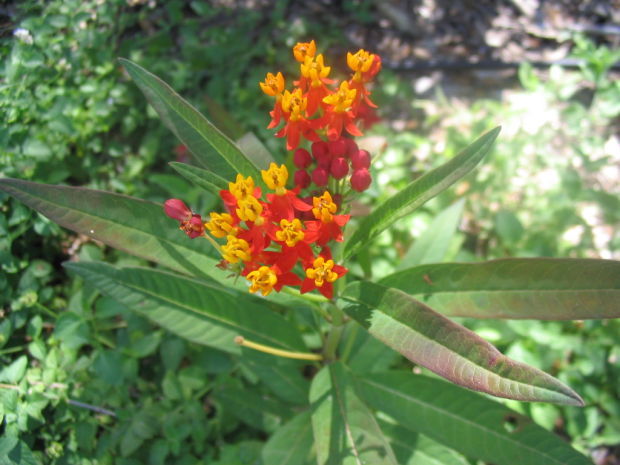Question: Recently I saw a news article about a milkweed species that is bad for monarch butterflies because it harbors a protozoan parasite that weakens the butterflies so they cannot complete their journey to Mexico. Is this something we should be concerned about? I plant this species because of the butterflies, so I would hate to think I am harming them.
Answer: The concern about the tropical milkweed species (Asclepias curassavica) is that planting it in warmer states like Arizona can allow monarchs to breed here over the winter, thus increasing the amount of the parasite they take on and subsequently may pass on to other monarchs down the way toward Mexico. Since our native species of milkweed seems to be OK in this regard, the emphasis is on planting native species instead of the tropical species. If you do plant the tropical species, they say it is best to cut it back in the fall so that the monarchs passing through are not presented with winter habitat here and produce more than one generation in Arizona.
Q: I found some cup-shaped fungi in my garden bed near the irrigation hose. Can you identify them and tell me what I should do? Thanks.
A: The fungi in your photo look like a bird’s nest fungus (Cyathus species). There are a couple of types that produce small (1/4 inch or smaller) cup-shaped fruiting bodies on top of mulch, usually in groups. These cups have very small, round spore bodies or peridioles in the bottom, which look like miniature eggs in a bird’s nest, hence the name. The round spore bodies are splashed out of the cups during rains or moved around by animals. These fungi grow on organic matter such as decaying wood, manure, or humus-rich soil, usually after a rain or where there is irrigation. This fungus is harmless, and may be raked into the soil to stop them from reproducing, or you can enjoy their interesting shapes while they last.
Q: I am finding a lot of weeds in my garden that are blooming with small, yellow flowers. The leaves are scalloped like the dandelions.
A: The weed in question is most likely London rocket (Sisymbrium irio). It is in the Brassicaceae family and is an annual herb found throughout our area. The name reportedly comes from its abundance in London. Some people eat it, and others regard it as a weed.





